The Beauchamp Chapel, St Mary’s Church, Warwick
This show notes pages accompanies my visit to The Beauchamp Chapel, St Mary’s Church, Warwick, Built in the fifteenth century, the Chapel is home to the tombs of Robert Dudley and Richard Beauchamp.
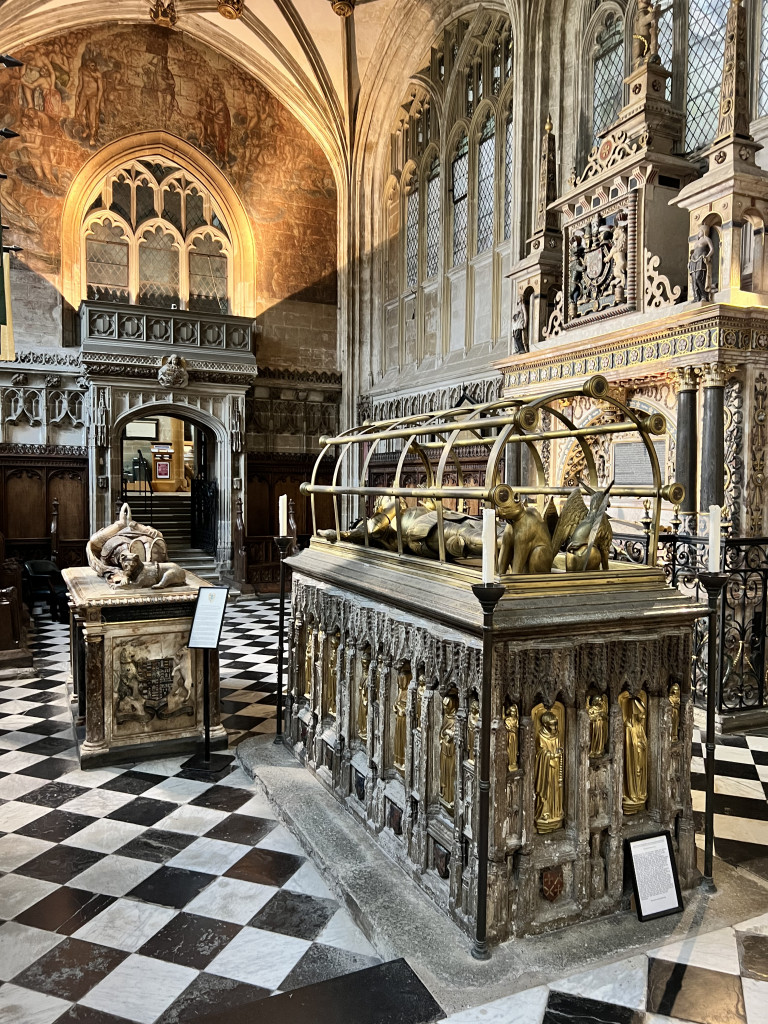
This show notes pages accompanies my visit to The Beauchamp Chapel, St Mary’s Church, Warwick, Built in the fifteenth century, the Chapel is home to the tombs of Robert Dudley and Richard Beauchamp.
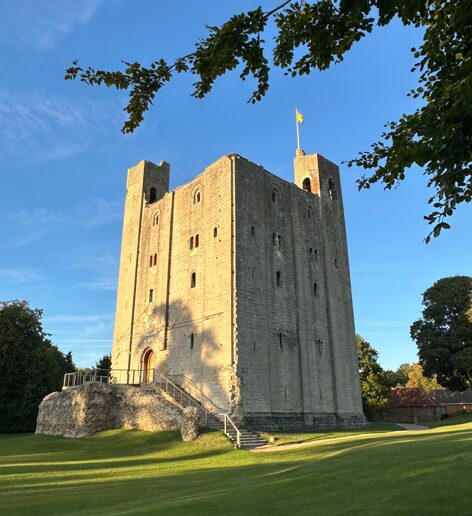
This show notes pages accompanies my visit to Hedingham Castle in Essex. Dating back to the twelfth century, the Castle has a rich history and was visited by Tudor royalty.

Milden Hall is renowned for preserving one of England’s finest examples of a sixteenth- and seventeenth-century farmyard. This historic estate now offers authentic luxury holiday accommodation for large groups.
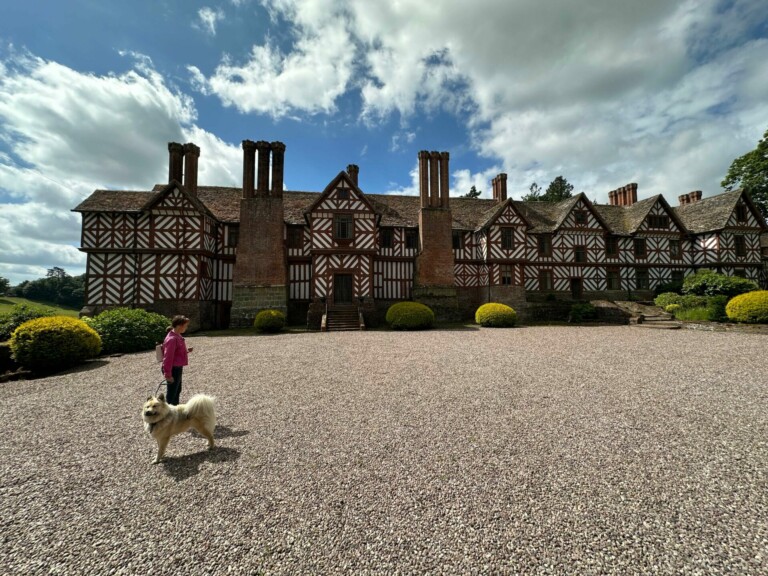
In this episode, I visit Pitchford Hall in Shropshire. Built around 1560, Pitchford Hall is one of England’s finest examples of a half-timbered Elizabethan house.
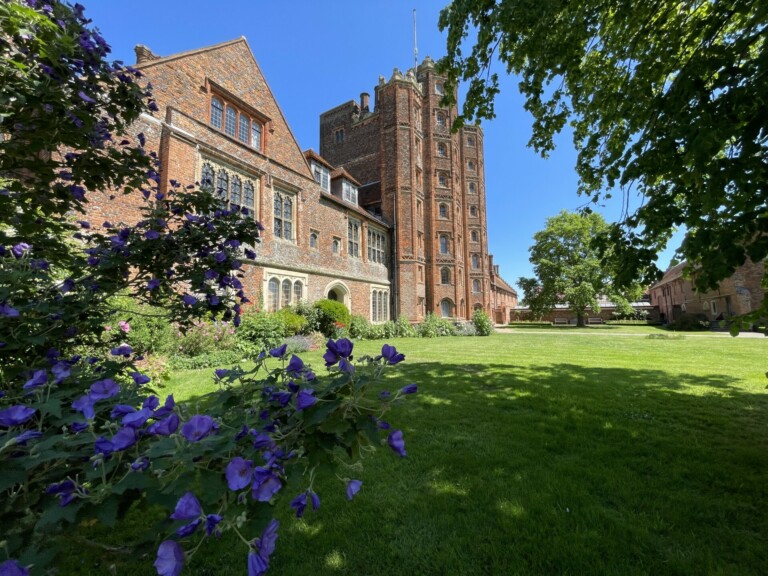
In this episode, I visit Layer Marney Tower in Essex. I’m shown around by its owner, Sheila Charrington. We explore this stunning Tudor gatehouse, the tallest of its kind in the UK. Its impressive height and elaborate brickwork, showcase the wealth and ambition of its creator, Lord Henry Marney.
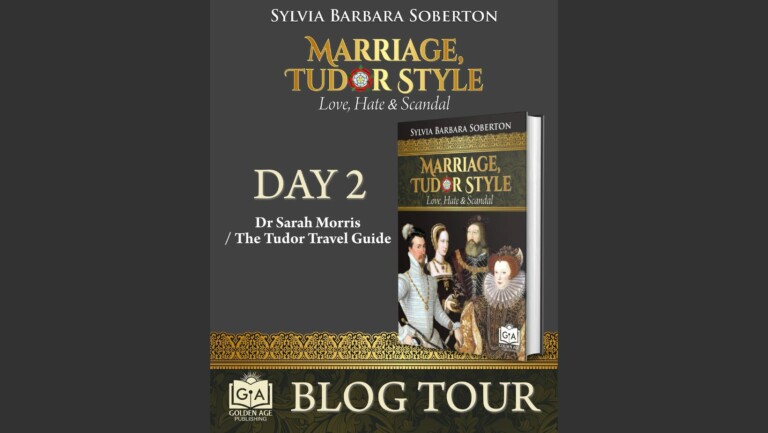
This blog is part of a virtual book tour for Sylvia Barbara Soberton’s new book, Marriage, Tudor Style: Love, Hate & Scandal, which steps into the world of scandalous Tudor-era marriages:
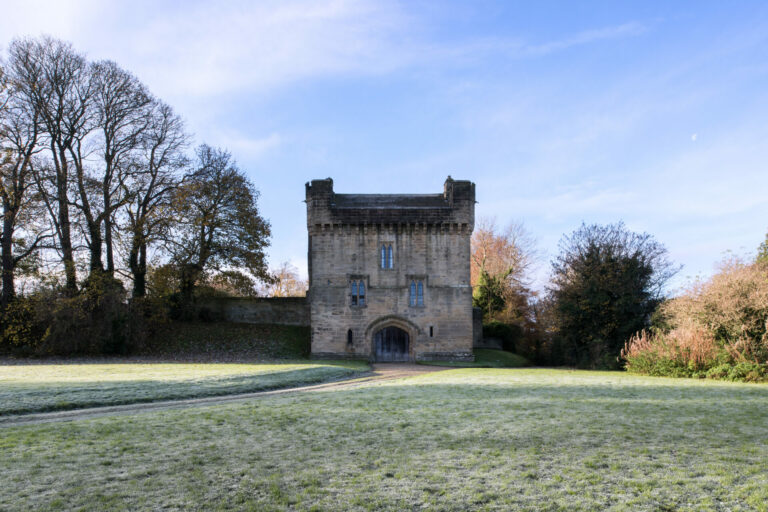
Morpeth Castle in Northumberland, England, is owned by The Landmark Trust. The gatehouse has been restored and is available for holiday rentals, allowing visitors to experience a piece of history first-hand.

Acton Scott Hall is a Grade II* listed Elizabethan mansion. One of the earliest brick houses in Shropshire, Acton Scott Hall has oak-panelled reception rooms, Jacobean woodwork and friezes, unique fireplaces and a collection of fascinating family heirlooms.
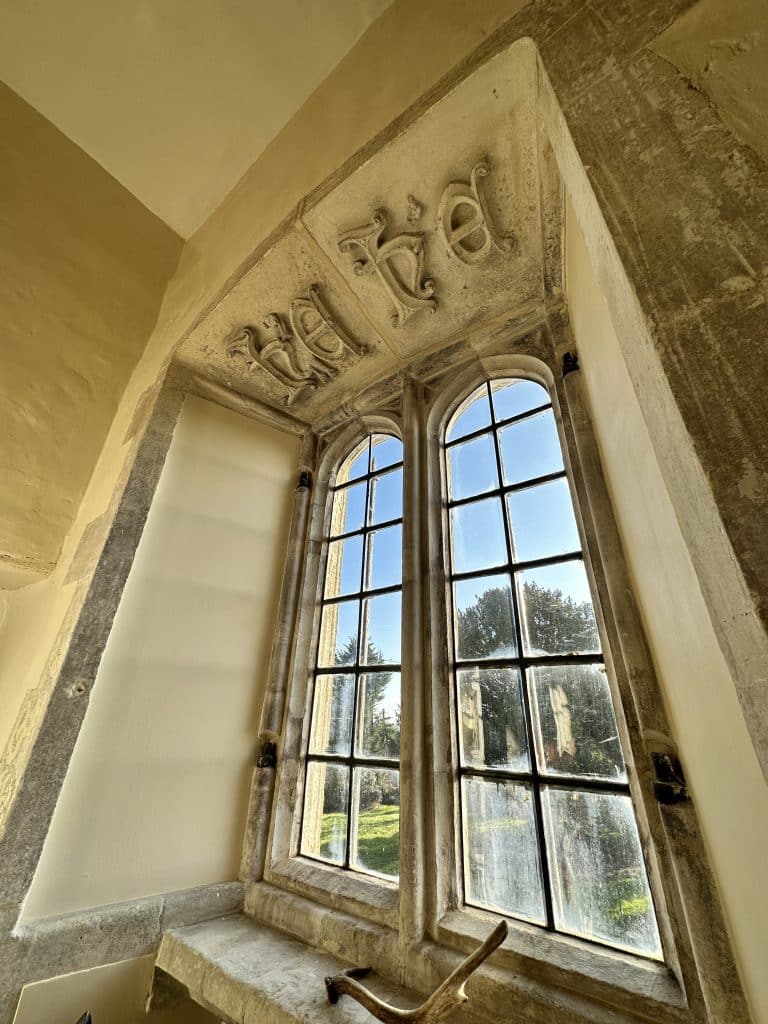
After the court had made the twelve-mile journey from Abingdon Abbey, they arrived at the Old Palace of Langley on 16 July , staying for five days. Today, perched on high ground to the south of the village of Shipton-Under-Wychwood, is the small hamlet of Langley, locally famous for being home to a site where it’s traditionally said once stood King John’s Palace. Although the Old Palace of Langley was extensively remodelled in 1858, the converted building includes Tudor walls and It’s still possible to see the initials H E, for Henry VII and Elizabeth of York, on a stone panel at the front of the farmhouse.
After staying at Reading Abbey, the second stop of Henry VIII and Anne Boleyn’s 1535 progress was Ewelme Manor. While staying there Henry VIII asked for the property to be returned to the crown. Ewelme once more became a royal residence and was used by the king as a lesser house, a place where he retreated for greater privacy with a select group of friends while on hunting trips.